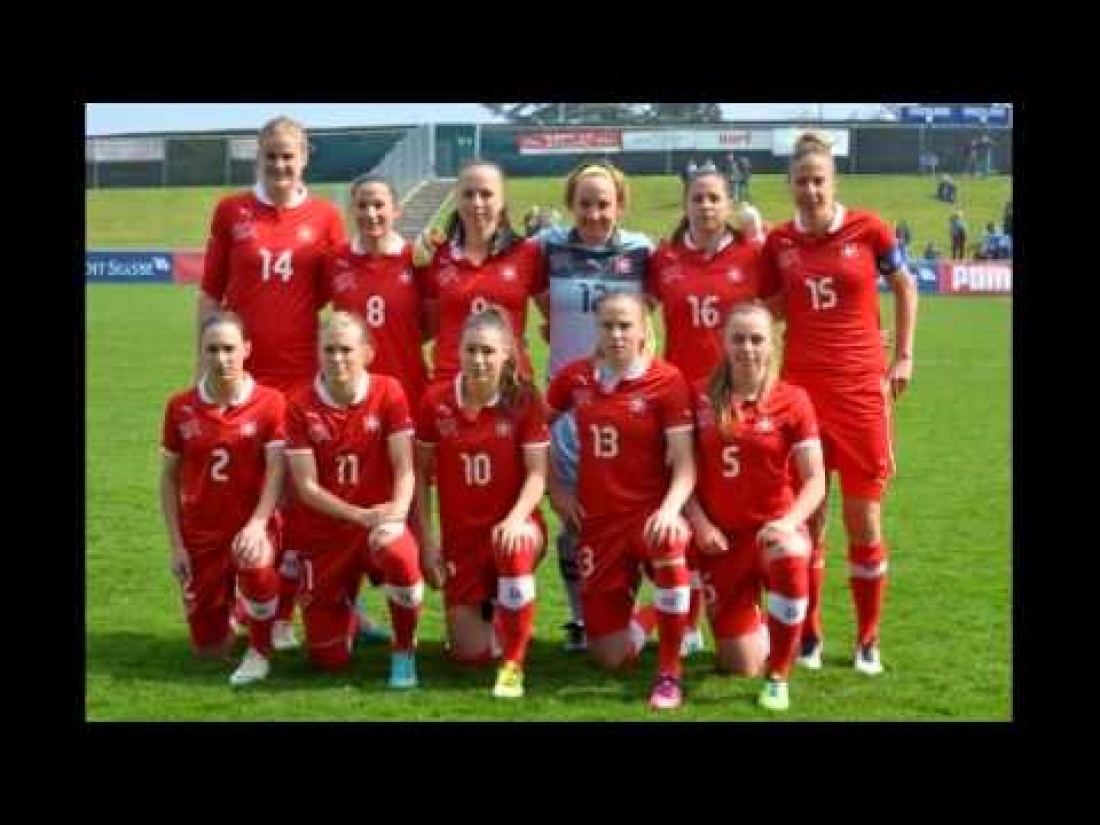Because this is a Women’s World Cup year, I have decided to countdown to the tournament by providing a short soccer/fitness related preview of each of the 24 participating nations. In this instalment, I will look at Switzerland, who are making their first ever appearance at the Women’s World Cup. The Swiss have been drawn in Group C, along with Japan, Cameroon and Ecuador. They will play their first match against Japan on Monday, June 8th, 2015.
I have just returned from attending and presenting at the 8th World Congress on Science and Football in Copenhagen, Denmark. Among the most popular topics at this Congress was the “Relative Age Effect.” which is in summary, a phenomenon where the majority of a National Team’s players (sometimes up to 40-50%) are born in the first three months of the calendar year (January, February, March). The only logical reason why such a statistically significant number of top level players are born in these months is that the coaches who are identifying them have a selection bias towards players who are older and physiologically more developed. Of course, for any National Team, the Relative Age Effect is a big problem, as it implies that a significant portion of any country’s top players are being overlooked when they are younger simply because they have not developed at the same rate as their peers.
As I write this, the information about the Relative Age Effect is fresh in my mind, so I decided to have a looks at the Switzerland Women’s National Team and their birth months, to see if there was any connection. Surprisingly, it seems as though the Swiss have done an excellent job at eliminating any selection bias in their National Team program. Below is a summary of the players’ birth months, and the percentage of players in each of the four “quarters” of the year relative to the total number of players:
- January/February/March: 6 of 23 = 26%
- April/May/June: 6 of 23 = 26%
- July/August/September: 2 of 23 = 1%
- October/November/December: 8 of 23 = 34%
As you can see, there are actually more Swiss players born in the last three months of the calendar year (October, November, December) than in any other “quarter” of the year. Of course, some more analysis into the selection criteria and methods of Switzerland’s Women’s National Team must be done before any definitive conclusions can be made, but based on this data, it appears as though the team has made the most of their relatively small talent pool. Will the absence of the Relative Age Effect and any selection bias in the Swiss team make a difference for them in this tournament? We will have to wait and see what happens in 1 month’s time.
I’d love to hear your thoughts about this topic. Drop me a line here to get the conversation started.


What’s the age cutoff for Switzerland women’s (or men’s programs)? Looks like september or october
Hi Ted, honestly i am not sure. But even if it were September or October, there is a high percentage of players selected born an/Feb.March (26%) and April/May/June (26%) which would indicate that the relative age effect is not strong either way.